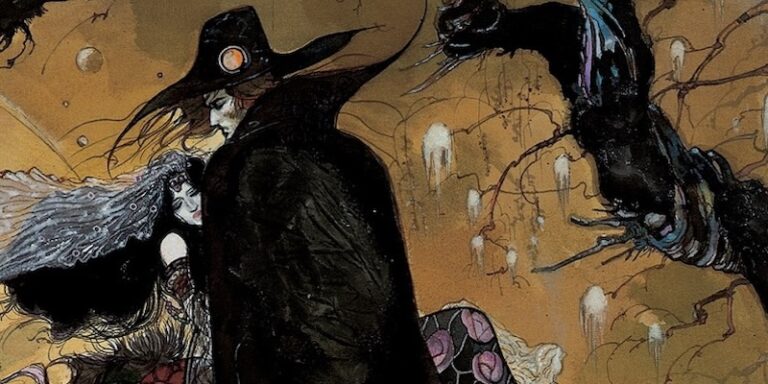I never thought I’d write a Western, which might seem strange considering my first book’s set in the nineteenth century and features scummy dudes with guns riding around on horses. But technically that one’s a Southern Gothic. And yet, like so many Southern Gothic writers, I found myself at midcareer eyeballing the Western and its herd of subgenres.
At first, I figured it might just be one of those phases in the Southern Gothic writer lifecycle, but the more I dug into the Western and my own feelings about it, the more appealing it seemed to write one. The way the Western’s most iconic elements can be repurposed by artists, taking them out of the context of the nineteenth century American West, that really made it appealing to work in the genre. Don’t get me wrong, I love the Historical Western and I love its mean-ass cousin the Revisionist Western and every sub-sub-generic category in between.

..but the kinds of Western stories that hit me hardest, and the ones that shaped my own entry into the genre most deeply, are what I’d call the Neo-Westerns.
Now, traditionally, the Neo-Western means a story set in the present-day American West that features some of the figures and themes of the Historical Western, something like or . I love those kinds of Neo-Westerns, too, though I don’t love them as much as the ones that push a little further into the borderlands, movies like or or . The kinds of Neo-Westerns I’m talking about take the genre’s classic elements and p.
















